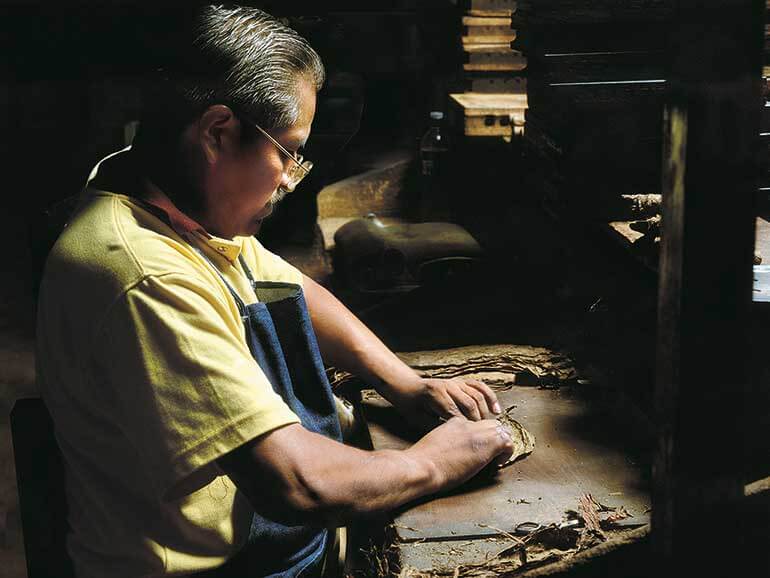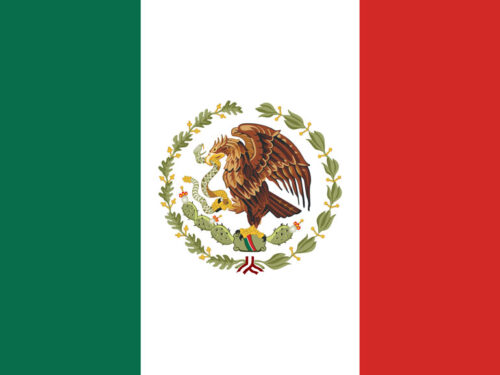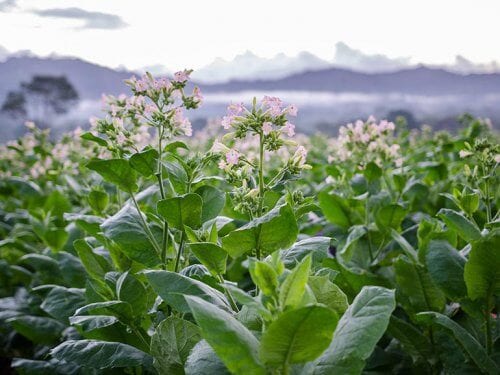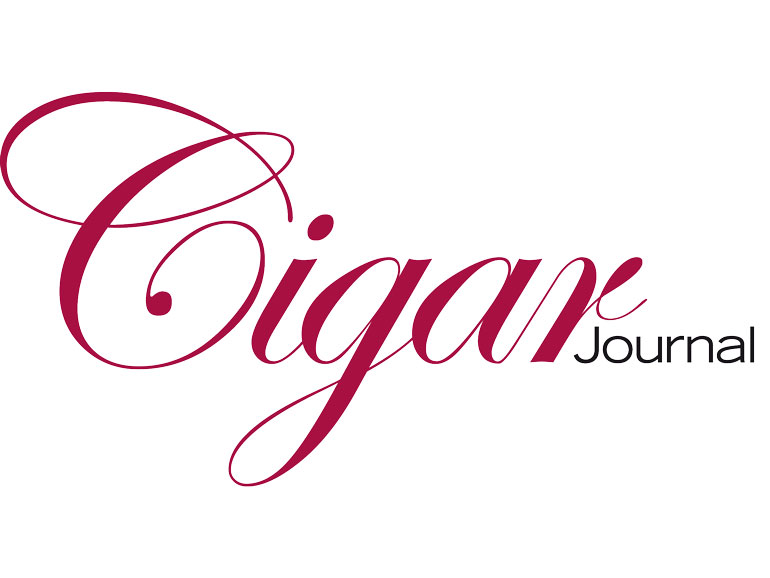More than 2,000 years ago under the hot Mexican sun the Mayas and their Mancestors were already cultivating tobacco. Tobacco plays an important part in the mythology and medicine of several Indian nations and cultures. There are numerous depictions of the Jaguar god treating himself to a good cigar just like the Mayan King in the Temple of the Cross at Palenque. In Mayan mythology clouds were believed to be smoke blown by the gods over the Earth, and shooting stars in the night sky were the embers which fell from celestial cigars.
Colombus recorded his amazement at the curious custom of “drinking tobacco“ in the New World, but it was the cruel Conquistador and conqueror of Mexico, Hernan Cortes, who brought the fragrant leaf back to the Spanish royal court at the start of the 16th century. The Spanish crown soon recognised the importance of tobacco as a source of revenue, and 18th century Mexico, as elsewhere, saw a large number of Spanish warehouses and Tobacco Exchanges. It was at this time that the San Andrés Valley in the Province Veracruz on the Gulf of Mexico became famous.
Flying over the country to Mexico City you begin to get a sense of the wide variety of landscapes that lie below – from vast, dried-out deserts to steaming rain forests, from lush, overgrown wetlands to distant, snow-covered mountains. We headed straight from the seething capital to Mexico’s biggest port, Veracruz, 350 kilometers to the East on the Gulf of Mexico. “I’ll be coming in a white Blazer“, the e-mail had said. “They really are pretty stylish, these Mexicans“, I thought, and wondered if I should put on a tie despite the heat.
But Alejandro Turrent, a fifth generation tobacco planter and cigar manufacturer, met me wearing an open-necked shirt and a broad smile. We drove South-east along the coast in a white Chevrolet Blazer. What a magnificent drive turquoise-blue sea, secluded inlets, beaches covered in snow-white sand, mighty agaves all along the road side.
In the San Andés Valley
Like many good tobacco growing areas the San Andrés Valley is situated in the mountains, where there is more rainfall. The massive peaks of the San Martin and Santa Marta volcanoes stand like guards on either side of it, a wide, fertile valley that opens out in lavish spend our before the visitor a Garden of Eden, rightly lauded as “Mexico’s Switzerland”. The climate is milder than in the hot surrounding countryside. Coffee, maize, beans, and sugarcane, all flourish magnificently. And of course, tobacco as well- at best at around 1,200 metres above sea level.
“There are three types of soil here”, my guide explains: the dark, sandy type that was originally volcanic; a lighter, clay-like type, and the third type is a mixture with a ph-value of which makes it almost neutral. The humus layer is almost two metres thick and is rich in pottash.4,000 hectares, of which only a part is cultivated, and has the potential to produce the best in tobaccos. These are the original Negro San Andrés, which is harvested with its entire stem and is very dark after fermentation, the beige coloured Sumatra, Habano Criollo San Andrés and Connecticut Seed.
The spicy, earthy tobaccos give the character and strength to the filler or binder of Mexican cigars, many of which are also manufactured in other countries. The dark, sweet wrapper leaves are very popular for making Maduros. The types of tobacco grown here today are testimony to the influences that tobacco cultivation has been subject to in more recent times: the Dutch, who left Indonesia when it gained Independence, have successfully crossed Sumatra to produce precious wrapper leaves and the many Cuban exiles who found a new home in San Andrés brought with them variations of Havana. Mexico does, after all, lie on the same geographical latitude as Cuba
San Andres Puros
Every cigar produced by “The Mexican Association of Cigar Manufacturers“ is marketed under the same seal of quality: “San Andrés Puros“. Among those committed to “Quality, Prestige and Tradition“ are the manufacturers Tabacos La Victoria, Puros Santa Clara, Tabacalera Alberto Turrent and Puros Irene. Mexican cigars are already very well established in the USA; increasingly Mexico now has is ge on dhe Earogpean market. The economic importance of tobacco for Mexico cannot be underestimated: in cigar production alone there are about 250 planters who employ over 5,000 workers on their farms, and the cigar factories provide work for 1,100 people.
At lunch we are joined by one of the doyens of the Mexican cigar, Jorge Ortiz of Puros Santa Clara. With some pride he states “We believe Mexican cigars are as good as any others if not better.“ Alejandro Turrent elaborates:“Mexican cigars keep their pleasant aroma right to the end of the smoke, they are light to draw on and burn evenly, there is a wide range of flavours and they come from a tobacco tradition that goes back more than 2,000 years. They have a high-quality style that remains constant, they are always readily available, and what’s more they are good value for money “The tobacco from the San Andrés Valley has a reputation among the world’s major manufacturers for being of a high quality”, adds Jorge Ortiz. “Our Maduro wrappers, for example, are regarded as the best in the world. We sometimes think we’re fighting giants. But we stick together in solidarity and are convinced that we have very good cigars.”
Puros Santa Clara S.A.
To prove the point he immediately shows us his own cigars, well known brands such as the Santa Clara 1830-all in small, beautiful, varnished boxes the Santa Clara Special Edition, Gran Reserva or Aromas de San Andrés. After five generations in the tobacco business we do know a bit about cigars. “We make our cigars with pride and with our hands”, he laughs. Puros Santa Clara first came to notice with the 14-inch long Emperador, which for almost three decades was cited in the Guinness Book of Records as the world’s biggest marketable cigar.
When a rival tried to outdo this, Puros Santa Clara fought back with the 19-inch Magnum (an incredible 48.3 cm), which comes individually packed in a slide-lid case made of cedar. President Jorge Ortiz and his employees are always amused when visitors to the factory are overcome with amazement as they watch a torcedor roll a Magnum. Another curiosity is the Santa Clara 1830 Bolero, which Jorge Ortiz affectionately calls “The Zebra“. A strip of Maduro wrapper is laid over the Sumatra wrapper, an optical gimmick which doesn’t do much for the flavour but it sells well, in the USA in particular.
Puros Santa Clara is especially proud of its Santa Clara Special Edition: the Connecticut Seed wrappers are only rolled by the best and most experienced tabaqueros. Real master craftsmen are at work here: all the tobaccos-the binder is a Morrón Limpio, the filler a Piloto Cubano and a Morrón Limpio correspond to the Cuban ligero and mature in storage for at least four years. The cigars themselves mature for a further two to three years in storage. The result is a light cigar with a spicy, full character, which is even and light in the draw right to the end of the smoke. Perfectly hand-crafted caskets made of solid cedar provide storage worthy of the precious Puros.
Cigar Trophies for Mexico
A few years ago in Vienna’s Palais Schwarzenberg, Alejandro Turent, owner of Mexico’s biggest cigar manufacturing company, Nueva Matacapan Tabacos, proudly received the Cigar Trophy, the cigar trades highest award, for his Te-Amo Aniversario. Radiant with delight he smiled at the jury and said “Thank you for your good taste“ Mexico’s run of successes has continued. In 2005 Santa Clara was acknowledged with a Cigar Trophy in the category of best brand of the country, the Te-Amo Tradición Milenaria was selected as the best Mexican cigar, and Puros Irene took home the Trophy for the
Best Value Brand. The joint quality and marketing campaign promoting „Mexican Gold is obviously paying off. There are several reasons why Mexican cigars are increasingly popular with connoisseurs in Europe. Unlike many other cigars they retain their pleasant cedar earthy aroma till he cigar has been smoked to its very end. Ladies who smoke them particularly appreciate the lightness of the draw, the pleasant rippling sensation it creates on one’s lips, and its unique burning characteristic.
This stems from the fact that a tobacco tradition of over 2,000 years puts the Mexicans alongside the Cubans-and, to a certain extent, the Nicaraguans and Brazilians – as the only cigar producers in the world who can produce an entire cigar from the different leaves of one tobacco plant. On top of this, many experts today believe that the legendary Havana tobacco thrives just as well in Mexico as in Cuba, which is why you will only find tobaccos from the fields of the San Andrés Valley in a Te-Amo Aniversario. I’m reminded of this when we are out in the fields the next day and Alejandro explains more about Mexican tobacco’s special characteristics the tobacco plant has six different layers which in turn has a bearing on the sorting process at the top there is the Capa (wrapper), Banda (also Capote: bin-der), Morrón (for binder and filler) and Cuarta, Quinta and Seta for the filler. Sumatra, on the other hand, has its own sorting classifications according to colour and length, the most sought-after being the colour Rosado -bright and clean.
The frits of these efforts are there to be seen: Te-Amo, with its characteristic bull-fight logo, has already become one of the biggest cigar brands in the USA today. There are the Te-Amo Clásico mild to strong with a characteristic which is very typical of its origins, the Te-Amo Cabinet Selection mild, slightly sweetish, with a lot of character, or the Te-Amo Aniversario-created to mark the company’s 120th anniversary, which has a Mexican-grown Habana wrapper and Negro from San Andrés as the binder and partly also in the iller. Other producers like Puros Irene (President Rodolfo Vasquez Andrades motto s „Excellence and Balance“) or Tabacos La Victoria also deserve a special place in one’s humidor.
Emiliano Zapata, the revolutionary, enjoyed his San Andrés Puros too, and his captain, Fortino Samano, didnt want to part with his even when he was about to die. In the book „Chilam Balam of the Mayas of Chumayel“ it says: „My son, bring me the firebrand for the night. Its fragrance shall waft North and West.“












